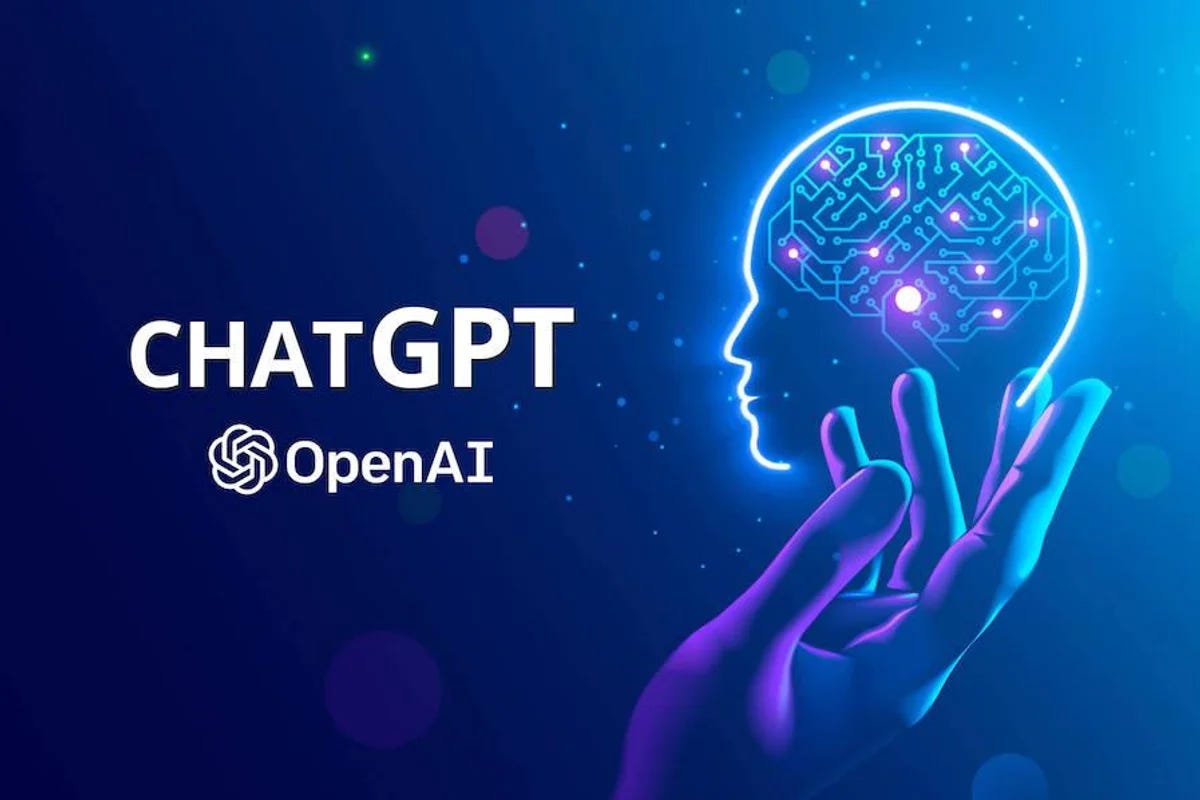1.1 What is ChatGPT?
ChatGPT is an advanced language model developed by OpenAI, designed to understand and generate human-like text based on the inputs it receives. Think of it as a highly versatile AI assistant that can engage in meaningful conversations, provide detailed answers, brainstorm ideas, and perform a wide range of language-related tasks.
Key Features of ChatGPT:
Natural Language Understanding: Capable of comprehending complex queries and instructions.
Text Generation: Produces coherent, context-aware, and natural-sounding text.
Adaptability: Can be used across a broad spectrum of tasks, from content creation and research to customer support and idea generation.
How Does It Work?
ChatGPT processes the input you provide (referred to as a prompt) and generates a response based on patterns and knowledge it has acquired from extensive datasets. The clarity and specificity of your prompt significantly influence the quality of the response.
1.2 Why Should Solopreneurs and Entrepreneurs Use ChatGPT?
For solopreneurs and entrepreneurs, ChatGPT offers a unique opportunity to leverage AI for enhanced productivity, creativity, and decision-making without the need for extensive technical knowledge.
Key Benefits:
Save Time: Automate routine tasks such as drafting emails, creating social media content, and developing content outlines.
Boost Creativity: Overcome creative blocks by generating fresh ideas for products, services, or marketing strategies.
Improve Productivity: Act as a virtual assistant to help organize tasks, manage projects, and set reminders.
Enhance Decision-Making: Utilize AI to get data-driven suggestions, conduct SWOT analyses, and explore different business scenarios.
Cost-Effective: Provides capabilities that might otherwise require additional hiring or outsourcing.
Examples of ChatGPT in Action:
Content Creation: From blog posts and newsletters to product descriptions and social media content.
Market Research: Conducting competitor analysis, identifying industry trends, and creating detailed customer personas.
Customer Support: Developing FAQ responses, designing chatbot scripts, and handling routine inquiries.
Product Development: Assisting in brainstorming new product ideas, features, or enhancements.
1.3 How ChatGPT Can Be Used in Different Aspects of Business
ChatGPT is a multi-functional tool that can add value across various areas of a business. Here’s a closer look at how it can be utilized effectively:
Content Creation:
Blogging and Articles: Generate topics, outlines, and even complete drafts for blog posts or articles, saving valuable time and effort.
Social Media Management: Develop engaging captions, create content calendars, or even plan campaigns across multiple platforms.
Email Marketing: Write persuasive email copy for newsletters, drip campaigns, and product launches, tailored to specific audience segments.
Customer Service:
FAQ Responses: Quickly generate comprehensive answers for frequently asked questions.
Chatbot Integration: Serve as the backend for chatbots to provide instant, relevant responses to customer inquiries.
Personalized Communication: Craft customized responses for more complex customer service issues or feedback.
Market Research and Strategy:
Competitor Analysis: Create detailed summaries and comparisons of competitors’ strengths and weaknesses.
Trend Analysis: Identify emerging trends and provide insights into potential market shifts.
Customer Insights: Develop detailed customer personas and profiles based on target audience data.
Business Development and Strategy:
SWOT Analysis: Generate insights into the Strengths, Weaknesses, Opportunities, and Threats of a business or new venture.
Business Planning: Assist in drafting business plans, executive summaries, and investor pitches.
Idea Validation: Simulate different scenarios to evaluate the feasibility and potential success of new ideas.
1.4 Getting Started with ChatGPT
Starting with ChatGPT is straightforward, requiring no technical expertise. Follow these steps to begin integrating AI into your business processes:
Choose a Platform:
ChatGPT can be accessed on various platforms, including OpenAI’s own interface, integrated third-party applications, or through API access for more tailored solutions.
Familiarize Yourself with the Interface:
Most interfaces are user-friendly, typically featuring a text box where prompts are entered, and responses are displayed. Understanding additional settings such as “temperature” (which affects response randomness) and “max tokens” (which controls response length) can help refine outputs.
Start Experimenting with Simple Prompts:
Begin with straightforward prompts to gauge how ChatGPT responds. For instance: "List 5 effective digital marketing strategies for small businesses" or "Suggest a creative tagline for an eco-friendly skincare brand."
Recognize the Limitations:
While ChatGPT is powerful, it isn’t infallible. It may produce incorrect, outdated, or overly simplistic responses. It's important to validate critical information and combine AI insights with human judgment.
1.5 Practical Exercise: Your First Interaction with ChatGPT
Objective: Practice crafting prompts and understanding ChatGPT’s response capabilities.
Exercise:
Prompt ChatGPT to generate a list of content ideas tailored to your business. For example, if you run a sustainable fashion brand, you might ask: "Generate 10 blog post ideas for a sustainable fashion brand targeting millennials."
Review the output carefully. Are the ideas relevant and innovative? If not, consider how the prompt could be refined to be more specific or targeted.
Feedback and Refinement:
Refine your prompt based on the initial results. If the output feels too generic, modify the prompt to add more details, such as: "Generate 10 unique blog post ideas focusing on eco-friendly materials and ethical practices in sustainable fashion for a millennial audience."
Summary of Module 1:
Understanding ChatGPT: A versatile and powerful AI tool for enhancing various business functions.
Benefits for Solopreneurs and Entrepreneurs: Save time, boost creativity, enhance productivity, and support data-driven decision-making.
Practical Use Cases: From content creation and customer support to market research and strategic planning.
Getting Started: Choose your platform, learn the interface, experiment with prompts, and be aware of the AI's limitations.
In the next post: Module 2: Basic Prompting Techniques to learn how to create clear and effective prompts that maximize ChatGPT’s potential for your specific business needs.


